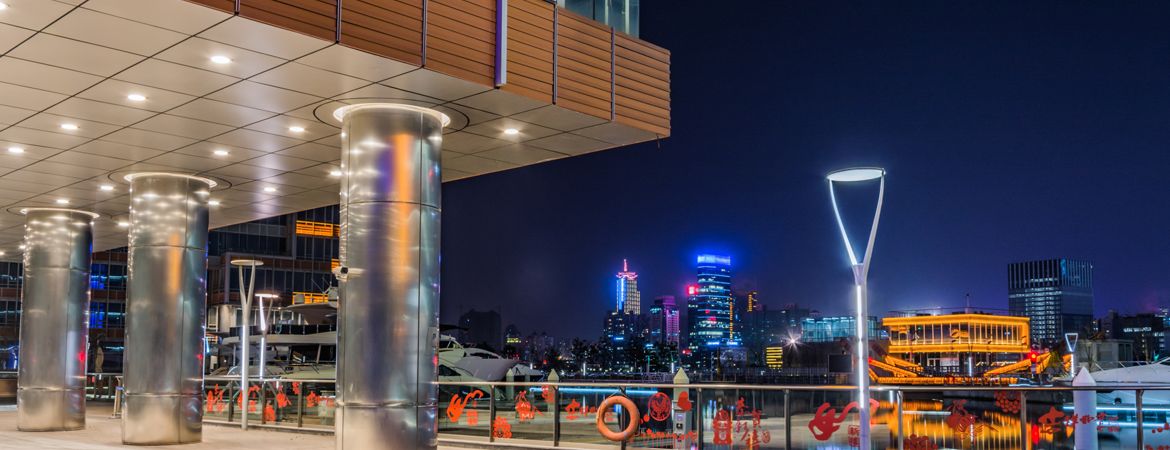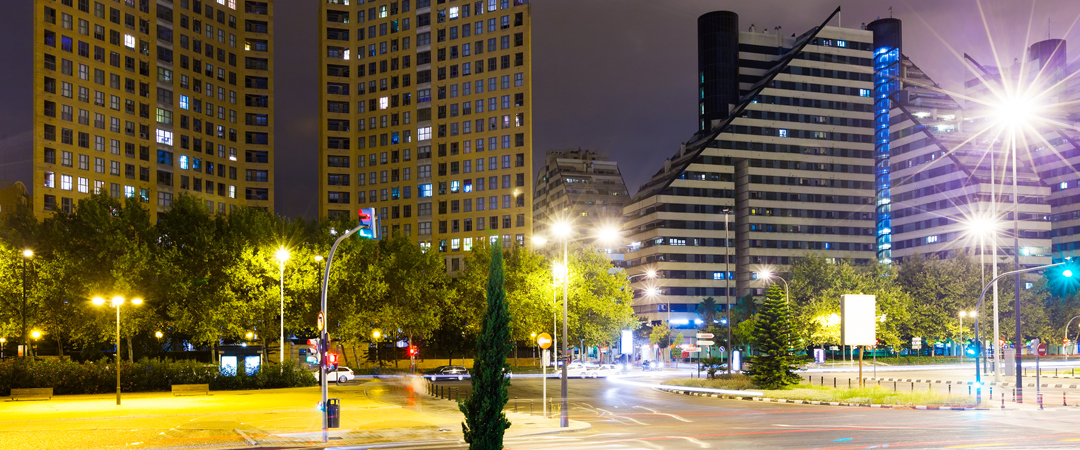
With the evolution of lighting technology, commercial electric lighting is redefining how we perceive our spaces. Whether in offices, shopping centres, hotels, or public spaces, commercial electric lighting systems provide a new and captivating lighting experience.
Thanks to innovative and smart solutions, these lighting systems dynamically adapt to the changing needs of our spaces. They enable efficient energy management, reduce energy costs, and deliver exceptional light quality. Additionally, they offer a wide range of customisation options to create the perfect atmosphere, whether it’s soft lighting for a relaxing ambience or bright lighting to energise a space.
In this article, we delve into the benefits of commercial electric lighting and how it can help create more pleasant, functional, and energy-efficient spaces. Discover how this revolutionary technology is transforming the way we view and utilise our spaces, offering new opportunities for an exceptional and personalised lighting experience.
The Evolution of Lighting Technology
Over time, lighting technology has undergone remarkable evolution. From the first incandescent bulbs to fluorescent lamps and then LED lights, technological advancements have improved energy efficiency, durability, and lighting quality. Today, the commercial electric lighting sector is experiencing a new revolution with tertiary lighting.
Advantages of Commercial Electric Lighting
Commercial electric lighting offers numerous advantages over traditional lighting systems. Firstly, it provides greater flexibility and adaptability, allowing for personalised atmospheres tailored to the specific needs of each space. Additionally, it delivers better lighting quality, with options to adjust brightness levels and colour temperature.
How Commercial Electric Lighting Works
Commercial electric lighting systems operate using a combination of advanced technologies. They incorporate light sensors, control systems, and smart light sources. These components work together to detect natural light levels, adjust brightness accordingly, and create the optimal ambiance for each space.

Key Considerations for Implementing Commercial Electric Lighting
Setting up efficient commercial electric lighting requires careful planning and a thorough understanding of the specific needs of each space. Key considerations include the arrangement of fixtures, the placement of sensors, wiring requirements, and lighting controls. A well-designed setup ensures an optimal lighting experience and efficient energy use.
Case Studies of Successful Commercial Electrical Lighting Projects
Several commercial electrical lighting projects have already been successfully completed around the world. These case studies demonstrate the tangible benefits of commercial lighting, such as significant energy savings, improved lighting quality, and an enhanced user experience. Businesses and organisations that have adopted these solutions have seen increased productivity, reduced energy costs, and an improvement in their brand image.
Energy Efficiency and Sustainability in Commercial Electric Lighting
Energy efficiency and sustainability are essential aspects of commercial electric lighting. Tertiary lighting systems are designed to reduce energy consumption through technologies such as motion detection, dimming control, and lighting management based on natural light. These features enable significant energy savings while contributing to environmental preservation.
Trends in Commercial Electric Lighting Design and Aesthetics
The design and aesthetics of commercial electric lighting are constantly evolving. Light fixtures are increasingly integrated into the architecture of spaces, offering a modern and sleek look. Additionally, new trends are emerging, such as dynamic lighting, interactive light displays, and the use of colours to create unique atmospheres. These trends are transforming spaces into true works of luminous art.
Tackling the challenges of implementing commercial electric lighting
The implementation of commercial lighting can pose certain challenges. These include the complexity of control systems, coordination between different project stakeholders, and the need to train staff on the use of new technologies. However, these challenges can be overcome through careful planning, clear communication, and close collaboration between all parties involved.
The Future of Commercial Electric Lighting
The future of commercial electric lighting is promising. Technological advancements will continue to improve energy efficiency, sustainability, and lighting quality. Additionally, new features and possibilities will emerge, such as integrating lighting with other smart systems, real-time customisation, and the use of artificial intelligence to optimise lighting performance. Commercial electric lighting will continue to redefine how we perceive and use our spaces.
Conclusion
In conclusion, commercial electric lighting provides a captivating and personalised lighting experience. With its adaptability, exceptional lighting quality, and efficient energy management, it is transforming the way we view and use our spaces. The benefits of tertiary lighting are numerous, ranging from energy savings to enhanced user experiences. With ongoing technological advancements, the future of commercial electric lighting is promising, offering new possibilities to create exceptional and sustainable spaces.

